The Philips Exeter Academy Library, designed by the renowned architect Louis Kahn, was completed in 1972 and is considered one of his greatest achievements. The building is a testament to Kahn’s unique approach to architecture, combining materials, light, and form to create a truly exceptional space. The 80-foot high structure spans 111 feet on each side and features a brick façade with elegant teak wood panels. Inside, the library is known for its innovative use of natural light, with large skylights illuminating the central atrium and reading areas. It is widely regarded as one of the most significant libraries in the country and continues to inspire architects and designers around the world.
Exeter Library Technical Information
- Architects: Louis Kahn | Biography & Bibliography
- Location: Exeter, New Hampshire, United States
- Topics: Modernism, Primitive Shapes, Voids, Concrete, Bricks
- Type: Library
- Area: 12,300 m2
- Project Year: 1965-1972
- Photographs: © Xavier de Jauréguiberry
A book is tremendously important. Nobody ever paid the price of a book, they only paid for the printing. […] How precious a book is in light of the offering, in light of the one who has the privilege of the offering. The library tells you of this offering.
– Louis Kahn1
Phillips Exeter Library Photographs
The Legacy of Louis Kahn’s Philips Exeter Academy Library
When it became clear in the 1950s that the library had outgrown its existing building, the school initially hired an architect who proposed a traditional design for the new building. Deciding to construct a library with a contemporary design, the school gave the commission to Louis Kahn in 1965.
The Academy was very particular in knowing the kind of building they wanted: a brick exterior to match the school’s Georgian buildings and an interior with the ideal environment for study.
Kahn structured the library in three concentric square rings. The outer ring built of load-bearing brick includes all four exterior walls and the library carrel desks immediately inside them. The middle ring, which is built of reinforced concrete, holds the heavy book stacks. The inner ring is a dramatic atrium with enormous circular openings in its walls that reveal several floors of book stacks.
From the very beginning of the design process, Kahn conceived of the three types of spaces as if they were three buildings constructed of different materials and of different scales – buildings-within-buildings.
– Robert McCarter
The library is almost cubical: its four sides are 111 feet (33 m) wide and 80 feet (24 m) tall. It is constructed in three concentric areas (which Kahn called “doughnuts”). The outer area houses the reading carrels and is made of brick. The middle area, which contains the heavy book stacks, is made of reinforced concrete. The inner area is an atrium.
The nearby dining hall supplies the library’s heating and cooling needs, which Kahn built simultaneously with the library but is considered to be of less architectural significance.
The building committee’s document specified that the new library should be “unpretentious, though in a handsome, inviting contemporary style.” Kahn accordingly made the building’s exterior relatively undramatic, suitable for a small New England town. Its facade is primarily brick with teak wood panels at most windows marking the location of a pair of wooden carrels.
The bricks are load-bearing. Kahn calls this fact to the viewer’s attention by making the brick piers noticeably thicker at the bottom, where they have more weight to bear.
Exeter Library Plans
Exeter Library Image Gallery


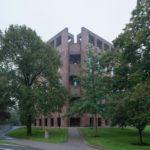





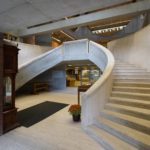

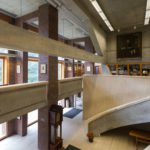
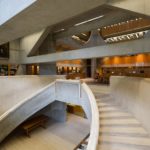
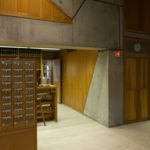

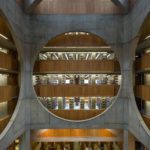
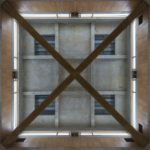
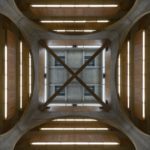

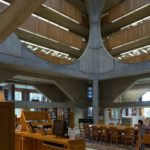






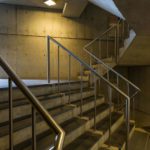
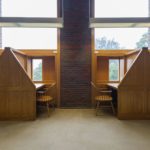
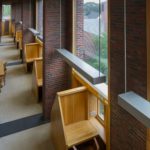




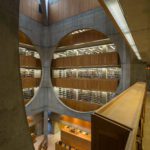
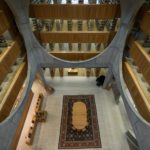


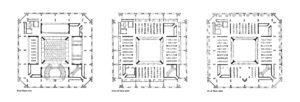
About Louis Kahn
Louis Isadore Kahn (1901 – 1974) was a trailblazer in the world of architecture, known for his influential teachings and groundbreaking designs. Based in Philadelphia, Kahn’s architectural style was characterized by its monumental and monolithic appearance, showcasing the weight and materials of his structures. Some of his most notable works include the Phillips Exeter Academy Library, the Indian Institute of Management, the Kimbell Art Museum, the Salk Institute, and the Jatiyo Sangshad Bhaban. His impact on 20th-century architecture continues to be felt today, as his buildings remain a testimony to his innovative approach to design and his commitment to creating timeless, awe-inspiring spaces.
Full Bio of Louis Kahn | Works of Louis Kahn
- Kahn, Louis; Alessandra Latour (1991). Louis I. Kahn: Writings, lectures, interviews. New York: Rizzoli International Publications. ISBN 978-0-8478-1356-8.
- Louis I. Kahn: Completes Works (English and German Edition) by Klaus-Peter Gast

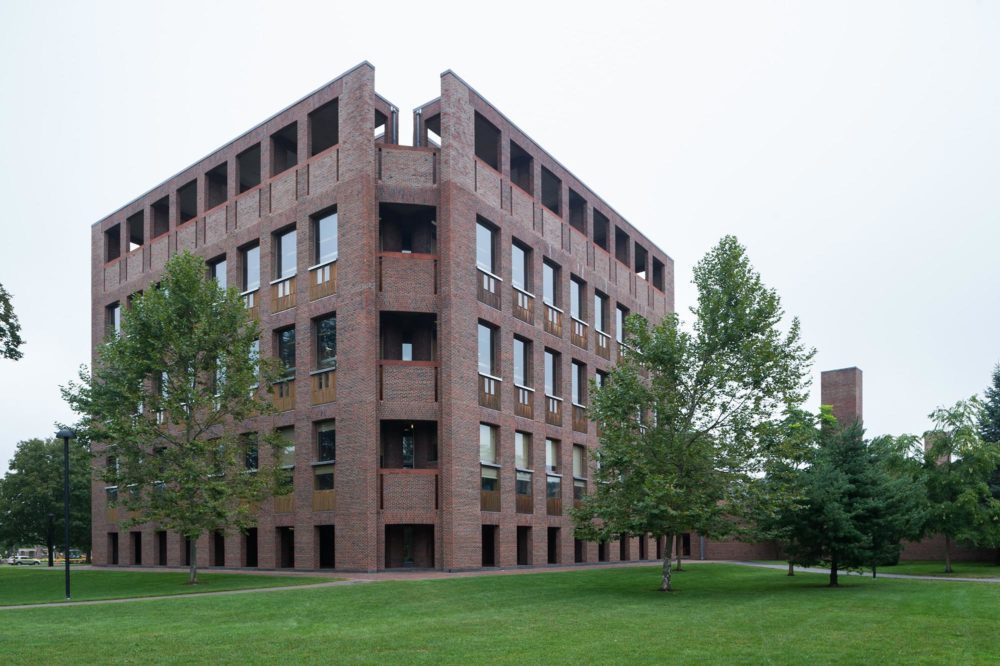
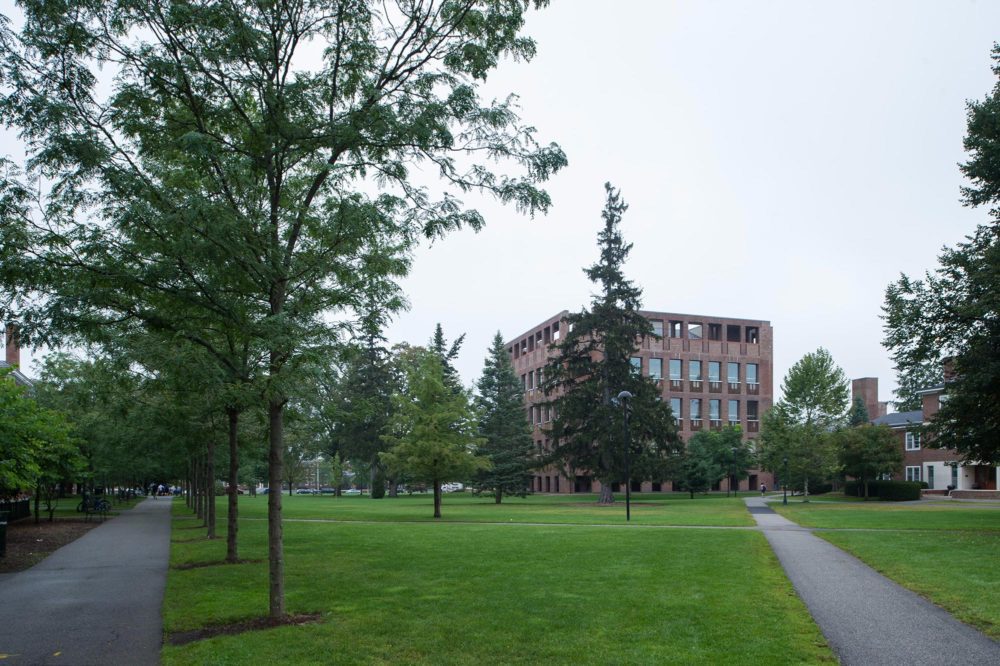
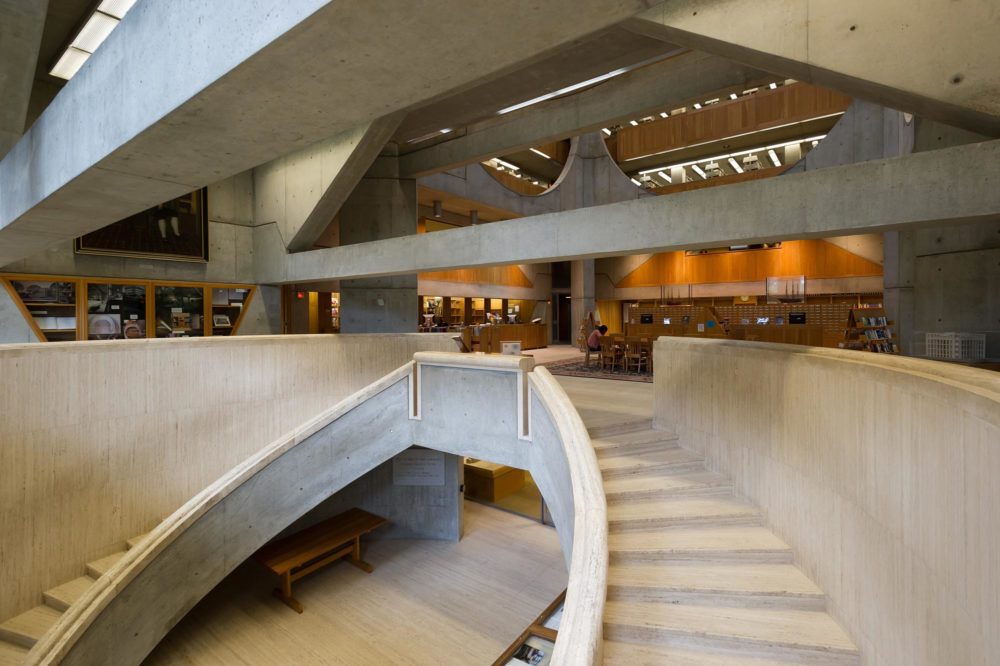


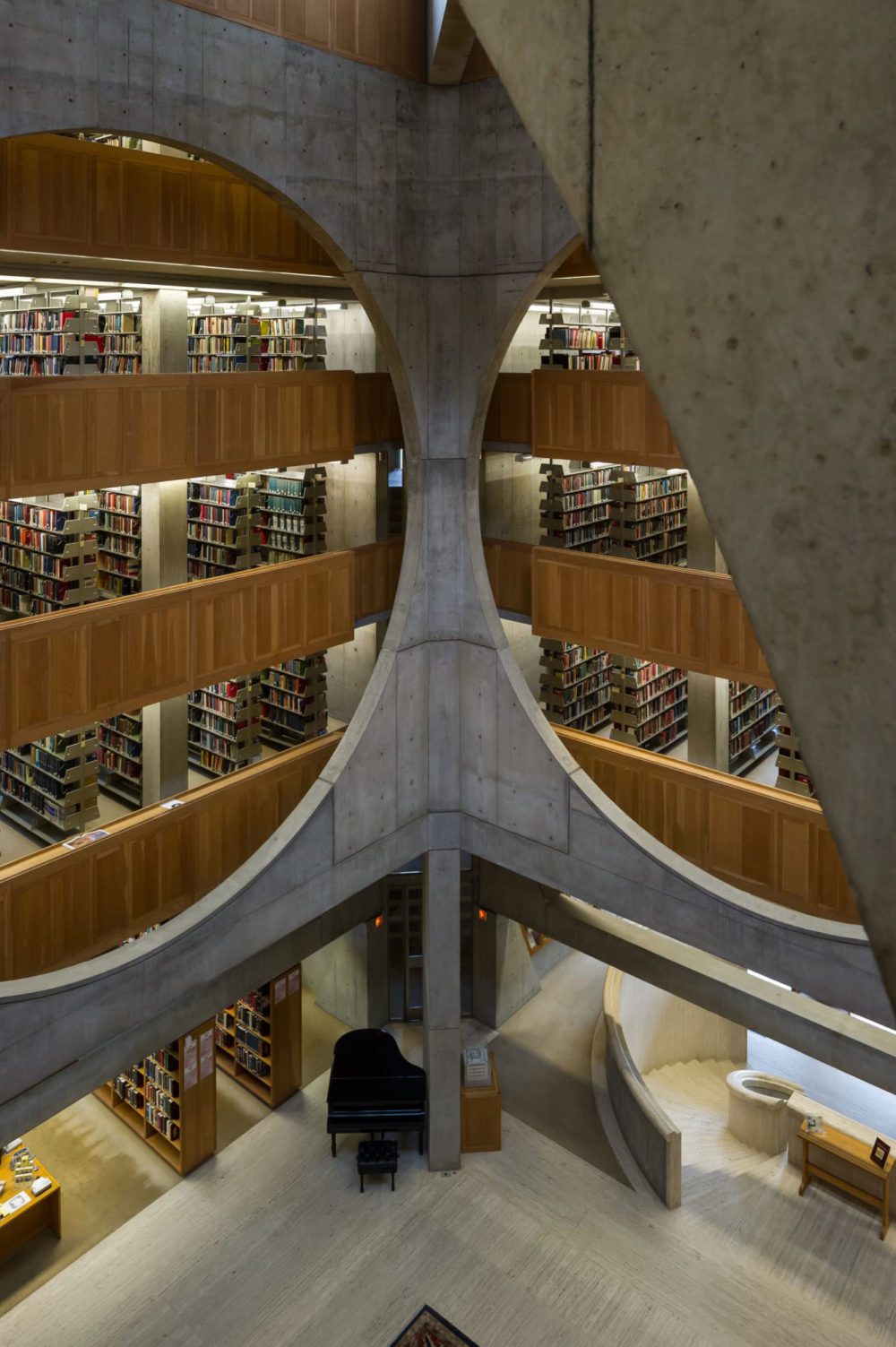
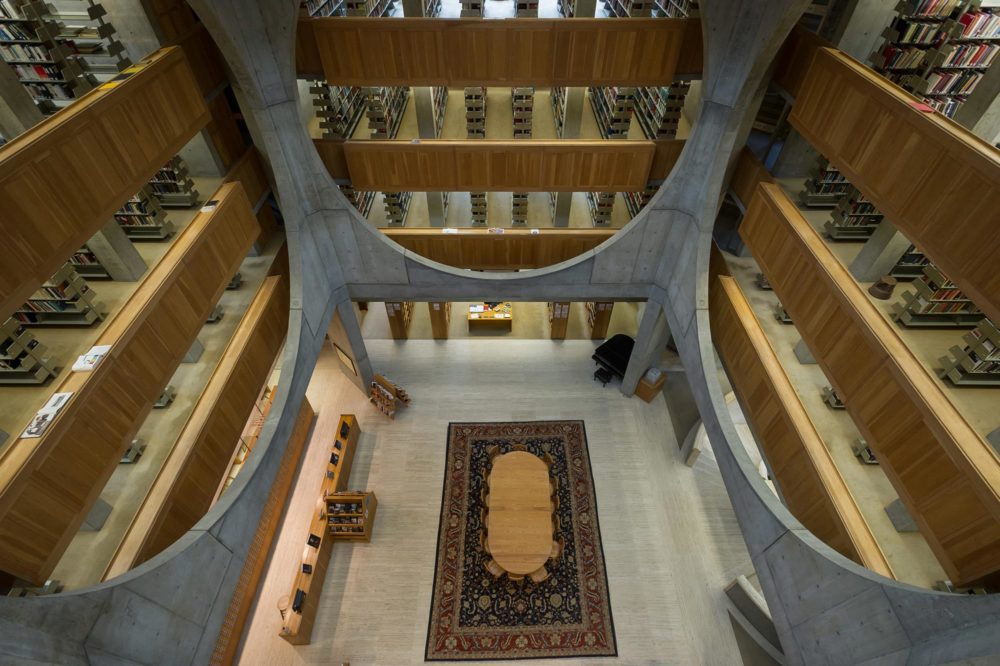
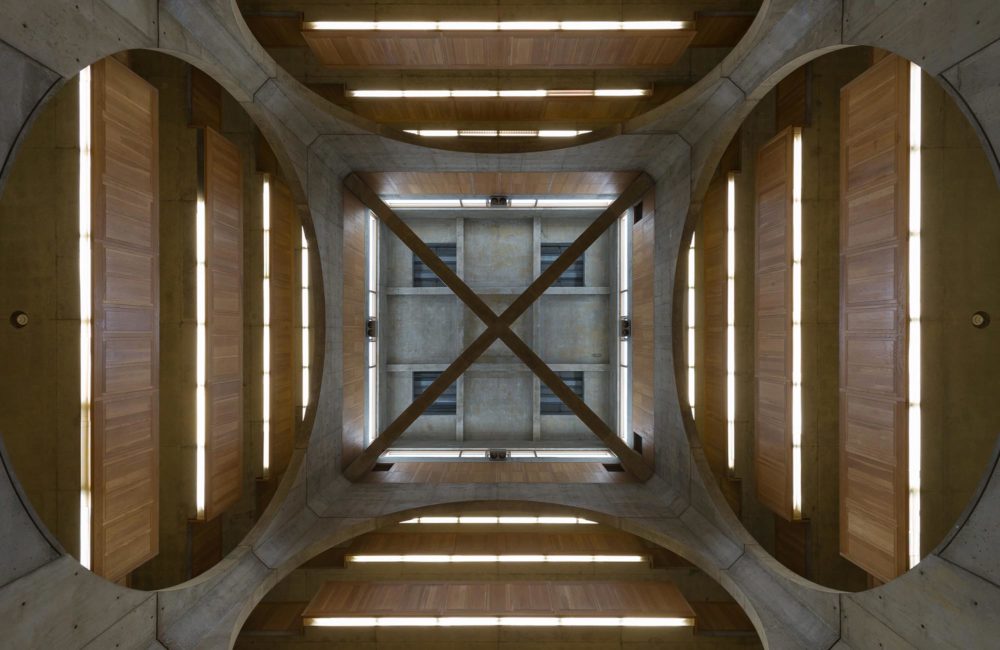
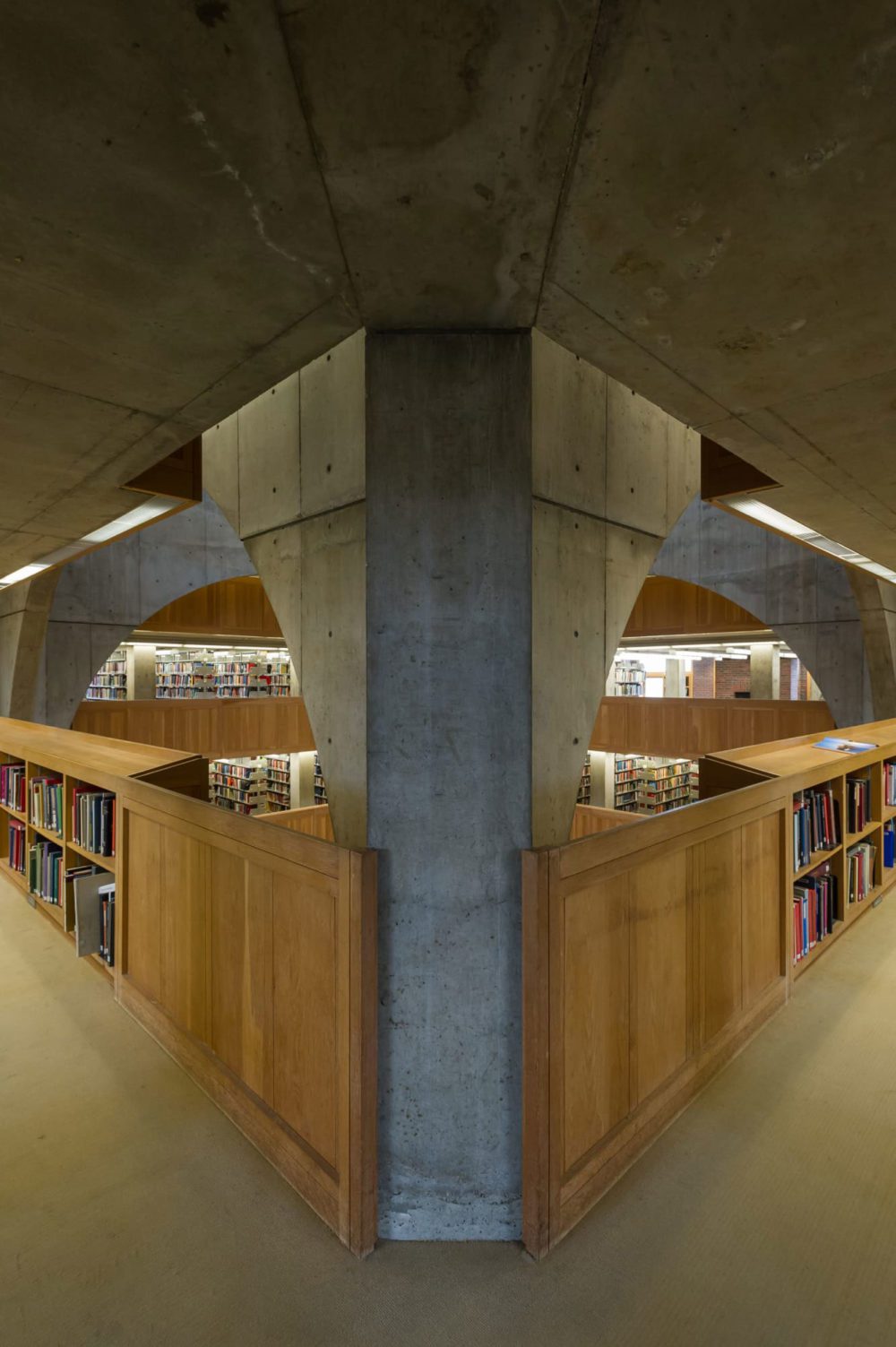
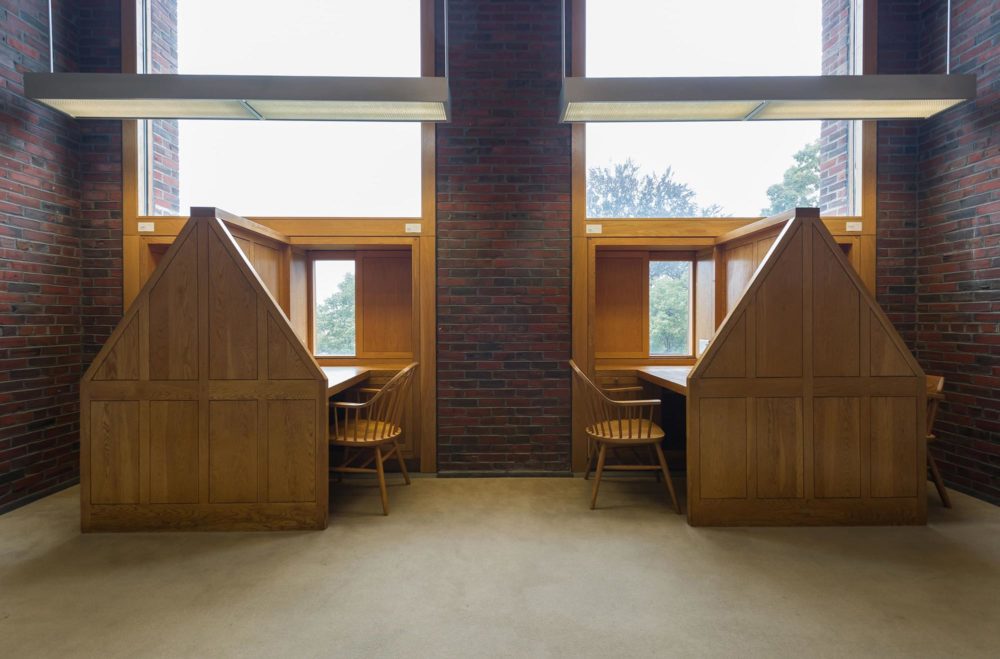
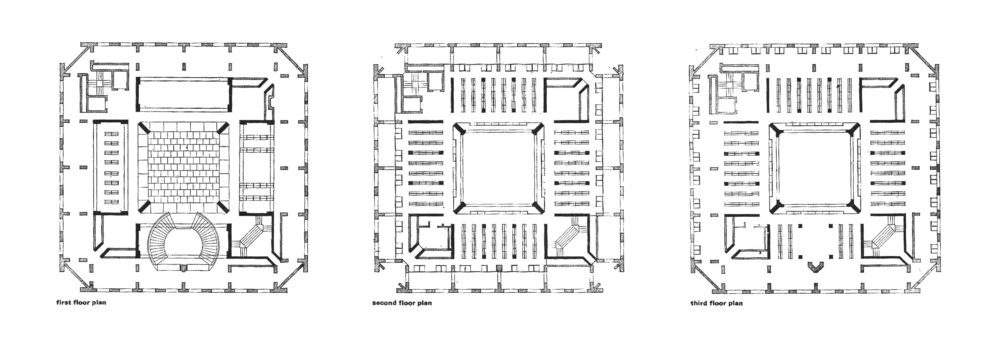
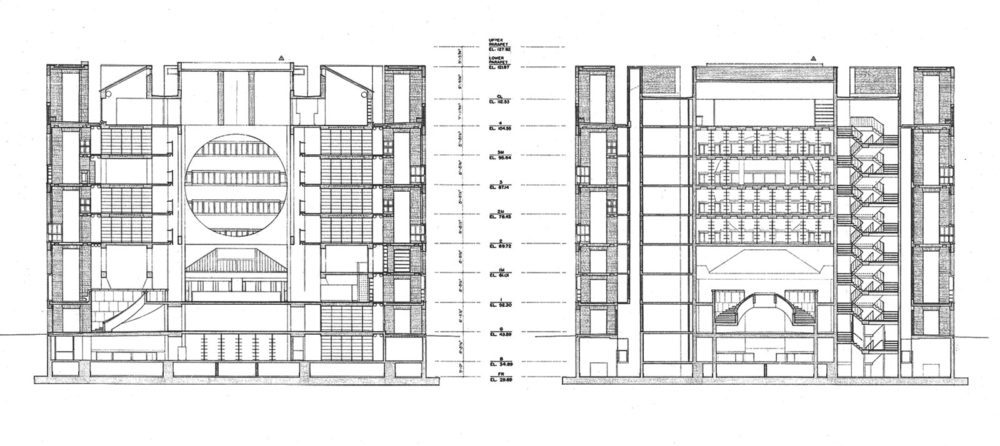

I feel Louis Kahn was a great architect. But only secondarily because he designed beautiful edifices (although he also did that, e.g., 1951/1953 Yale Art Gallery). Far more important, he designed and built for the enhancement of Everyman’s (woman, child) life. A city is a place where a small boy, going from the workshop of one master carftsperson after another, may find something he *wants* to do for his whole life. (quoting from memory) That is a noble thought, something that truly deserves to be built, in my opinion.
The United States of America is a very rich country. I think it is an indictment that this noble person’s life ended, if I may say it, dying “like a dog”, in a public toilet in New York City’s Pennsylvania railroad Station (from a heart attack). A limousine might have averted that tragedy. .America has many limousines and private aircraft. One of each should have been allocated to Kahn.
In Japan they have “living national teasures”. America should rise to that, also. Kahn should have been a recipient of that designation. Only a truly great person, or a humble master bricklayer, could have a conversation with a brick.